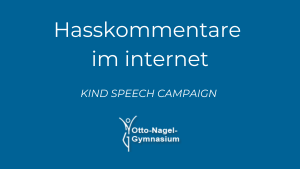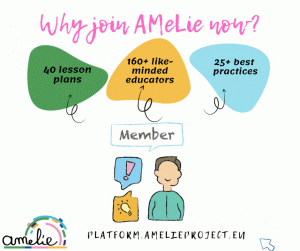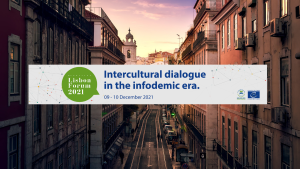The phenomenon of online hate-speech has become universal and particularly evident due to its current spread and popularity on social media, i.e. where young people have easier access. Despite the efforts to control the phenomenon, a common definition of hate-speech and online hate-speech is not yet accomplished (Loebbecke et al, 2021)
In addition to the written and spoken words, electronic media, images, music, videos, etc. are also included in hate speech in the European Commission Recommendation against Racism and Intolerance (ECRI, 2015) where a start to define and conceptualise the term is tracked. Likewise, UNICEF includes “sending hurtful messages or threats via messaging platforms” in the definition of cyberbullying (UNICEF, 2021). In a more general rationale, others emphasise on the repetition of hate speech in online discourse or computer-mediated communication (O’Regan, 2018).
Notably, hate on social media is the third and finest level in Keipli’s theoretical model on online hate-speech, a model which sees the “stratification” of hate on different levels. At the social media level, hate speech is much more operational, sharable, and accessible, and potentially dangerous together with those hate messages traditionally carried by critical aggregation groups, such as xenophobic realities, etc. In fact, this is by far the most visible and least structured sphere because, on social media, a high level of visibility is given to express ideas and opinions with a message, of hate in this case, to a multitude of users (Foxman and Wolf, 2013).
Particular attention is placed on the fact that online discussion and debate on current affairs tend to quickly turn into heated disagreements and polarization. Young people, who approach technology without adequate awareness, are the most at risk of being both victims and (partially) unaware carriers of hate messages.
The question that is troubling democracies is how to address and counter online hate speech, especially in the context of the COVID-19, which opened doors to a wider spread. Recently, specific emphasis is placed on the role of education on part of initiatives to design and implement policies which develop digital citizenship skills to address hate speech, either physical or online. One of the latest policy initiatives to enhance the response to this global phenomenon is the release of the Conclusions of “Global Education Ministers Conference and Multi-stakeholder Forum 2021: Addressing hate speech through education” (UNESCO, 2021), Admittedly, the world of education gradually acquires tools to effectively stand in the front line against an issue that not only cultivates impoliteness as acceptable manner in social interaction, and probably a relevant mindset, but is in contrast to human rights.
AMeLie is a European project that through the provision of innovative practices and educational tools, such as an online platform developed by DAISSy Research Group of the Hellenic Open University (HOU), targets at addressing the issue of online hate-speech and involves the whole educational community.
Sources:
Loebbecke, C, Luong, A.C. Obeng-Antwi, A 2021, AI For Tackling Hate Speech, inECIS 2021Research-in-Progress Papers, v.10. Retrieved from https://aisel.aisnet.org/ecis2021_rip/10/
Council of Europe, European Commission against Racism and Intolerance (ECRI) Standards,2015. Retrieved from https://www.coe.int/en/web/european-commission-against-racism-and-intolerance/ecri-standards
UNICEF, Cyberbullying: What is it and how to stop it. Retrieved from https://www.unicef.org/end-violence/how-to-stop-cyberbullying?fbclid=IwAR39swrxtxX_izNjYME8S-rsYOHucjLT9dVuEwwepvzmCu2Bt75y9yJDBSs
O’Regan, C. (2018), Hate Speech Online: an (Intractable) Contemporary Challenge?, InCurrent Legal Problems, vol. 71, pp. 403–42.
Foxman,A. and C. Wolf, C. (2013), Viral hate: Containing its spread on the Internet. Macmillan.
UNESCO, Addressing Hate Speech through Education, in Global Education Ministers Conference online 2021. Retrieved fromhttps://unesdoc.unesco.org/ark:/48223/pf0000379729




